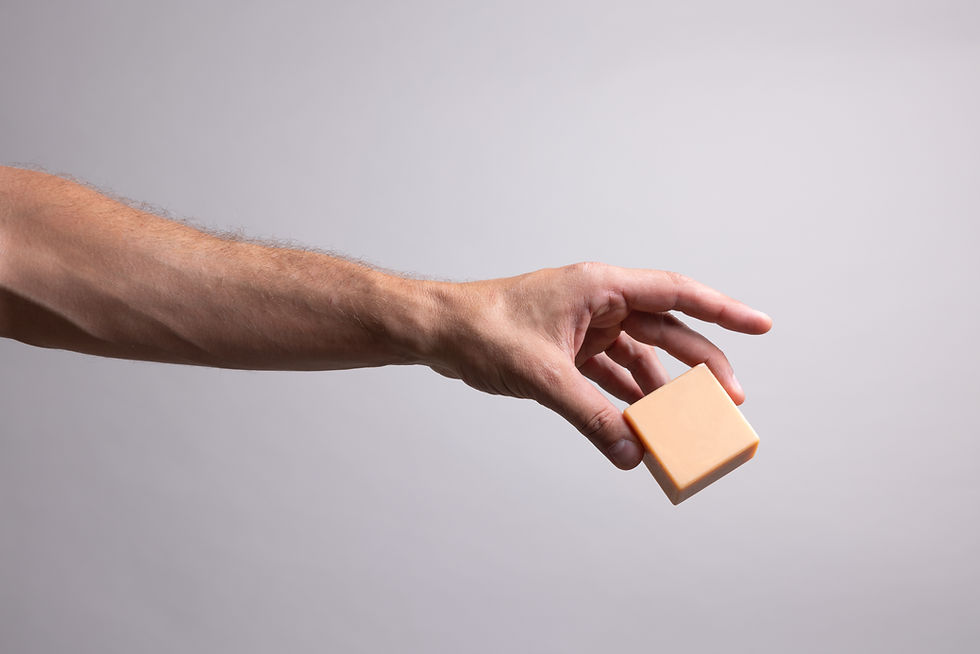The Ultimate zero waste living guide in 2025
- Architect Dennis

- Apr 29
- 4 min read
I’ll admit it—my first attempt at zero-waste living was a disaster. I bought a $40 stainless steel straw, only to lose it in my car cupholder forever. Then I tried making my own toothpaste (spoiler: it tasted like chalk and baking soda).
But after years of trial and error (and a few compost-bin catastrophes), I’ve learned that zero waste isn’t about perfection—it’s about progress. In this guide, you’ll get:
✅ Realistic tips (no "make your own beeswax wraps" unless you want to)
✅ Cheap swaps (the $1 solution I wish I’d known sooner)
✅ Myth-busting (why "biodegradable" isn’t always better)
Let’s dive in. zero waste living guide

🌱 Why Zero Waste? (And Why Most People Quit)
The Problem with "Trash"
The average American produces 4.9 pounds of waste per day (EPA).
Recycling? Only 9% of plastics actually get recycled globally.
Landfills leak methane, a greenhouse gas 25x worse than CO₂.
Why People Give Up
"All-or-nothing" mindset (You don’t need a mason jar of trash to matter!).
Greenwashing (That "compostable" fork? Probably needs an industrial facility).
Cost myths (I’ll show you free/cheap hacks later).
(Personal rant: I once spent $80 on "eco" laundry detergent strips… then learned they’re just soap in fancy packaging. Now I use bulk powder.)

♻️ 9 zero waste living guide swaps anyone can make.
Ditch Paper Towels ($0 Solution)
Try: Cut up old T-shirts, towels, or bedsheets into rags.
Pro tip: Keep a wet bag in your kitchen for used rags (wash with laundry).
My fail: I bought "unpaper towels"… then realized they’re just fancy cloths.

Organize Your Home: Embrace a Sustainable Lifestyle by Switching to Cloth Towels and Baskets for Storage Solutions.
Stop Buying Water Bottles
Best budget option: A $10 stainless steel bottle (avoid glass if you’re clumsy).
Hack: If you forget your bottle, ask for a "for here" cup at cafes.

Sleek and modern stainless steel bottle with a practical handle for easy carrying.
Bulk Bins Are Your Best Friend
What to bring: Clean jars, cloth bags, or even reused plastic bags (no fancy containers needed).
Stores that allow BYO containers: Whole Foods, WinCo, local co-ops.

A selection of essential kitchen staples, including various salts and seasonings, highlighting the convenience of bulk bin purchases.
Reusable Grocery Bags (But Skip the "Eco" Ones)
Truth: A reused plastic bag has a lower footprint than a new cotton tote.
What I use: A $1 mesh produce bag (lasts years, fits in my pocket).

Chic and Practical: A stylish reusable bag perfect for artisan bread, enhancing both convenience and sustainability in your kitchen.
Switch to a Safety Razor
Cost: 25 upfront, but blades are 10¢ each (vs. 25 upfront, but blades are 10¢each (vs.20/month for disposables).
My lesson: Go slow—I nicked myself twice before mastering the angle.

Embrace a classic shave with confidence: make the switch to a safety razor for a smoother, more sustainable grooming experience.
Cloth Napkins (Yes, Even for Takeout)
How: Thrift store linens or sew your own from scrap fabric.
Bonus: Feels fancy, even if you’re eating pizza.

Two elegant white cloth napkins with a subtle diamond pattern, neatly arranged on a rustic wooden surface for a charming and sophisticated table setting.
Bar Soap > Liquid Soap
Why: Less packaging, lasts longer, and works for body/hands/dishes.
Best budget bar: Dr. Bronner’s (cut into smaller bars for travel).

A hand gracefully holds a square bar of soap against a minimalist backdrop, emphasizing its smooth, compact design.
Compost Food Scraps (No Yard Needed)
Easiest method: Freeze scraps, then drop at a community garden.
Apartment hack: Bokashi bin (ferments waste, no smell).

A small compost bin filled with a colorful array of fresh food scraps, including vegetable peels, fruit rinds, and leftover rice, ready to be recycled into nutrient-rich compost.
Digitalize Your Life
Cancel junk mail: DMAchoice.org (takes 5 minutes).
Library over Amazon: Borrow e-books, movies, even tools!

🚫 The 5 "Zero-Waste" Products to Skip
(Save your money!)
"Compostable" Phone Cases (Most break before composting).
Bamboo Cutlery Sets (I’ve lost 3 forks at airports).
Reusable Produce Bags (Just reuse plastic ones until they die).
DIY Deodorant (Unless you enjoy smelling like coconut and failure).
Metal Straws (If you don’t use straws, don’t buy one!).
(Confession: I own all of these. Learn from my clutter mistakes.)
🗑️ Tackling the Big 4 Waste Categories
Food Waste
Freeze scraps for broth (onion skins, carrot tops, etc.).
"Ugly" produce delivery (Misfits Market, Imperfect Foods).
Plastic Packaging
Worst offenders: Snack bags, clamshells. Solution: Buy bigger bags + portion into jars.
Junk Mail
OptOutPrescreen.com (Stops credit card offers—I reduced mail by 80%).
Fast Fashion
"One in, one out" rule (For every new shirt, donate one).

Three labeled bins for recycling, toxic waste, and garbage stand against a lush, garden backdrop, promoting environmental responsibility.
💡 Mindset Shifts That Actually Help
Progress > perfection (Even 10% less waste counts!).
"Refuse" is the first R (Say no to freebies you don’t need).
Community > consumerism (Borrow tools, swap clothes, join Buy Nothing groups).
(Story: My neighbor and I share a vacuum cleaner. It’s weird at first, but now we’re weirdly proud of it.)
🚨 Common Zero-Waste Mistakes (Avoid These!)
Buying every "eco" product (The most sustainable item is the one you already own).
Ignoring your trash audit (Check your bin—what’s actually in there?).
Forgetting about water/energy waste (Reusable bags won’t fix a 30-minute shower).

Shopping in bulk is a great zero-waste strategy, but remember to bring your own reusable containers to avoid common mistakes.
🌍 Final Thoughts: Start Small
You don’t need to:
Make your own shampoo
Raise backyard chickens
Memorize resin codes
Just pick ONE swap this week (maybe #4—bring your own coffee cup?). Comment below with your goal!
(P.S. If you try DIY toothpaste, at least add peppermint oil. Trust me.)
Learn more related topics from our well curated reference. Head over to our Resource Page





Comments